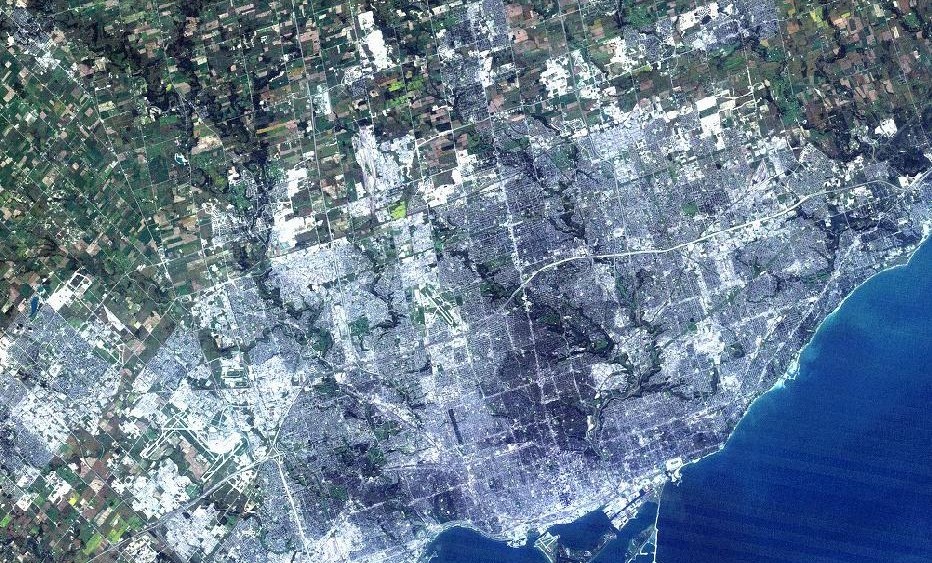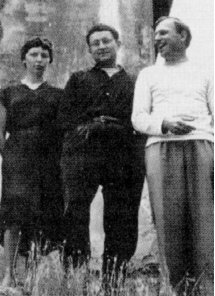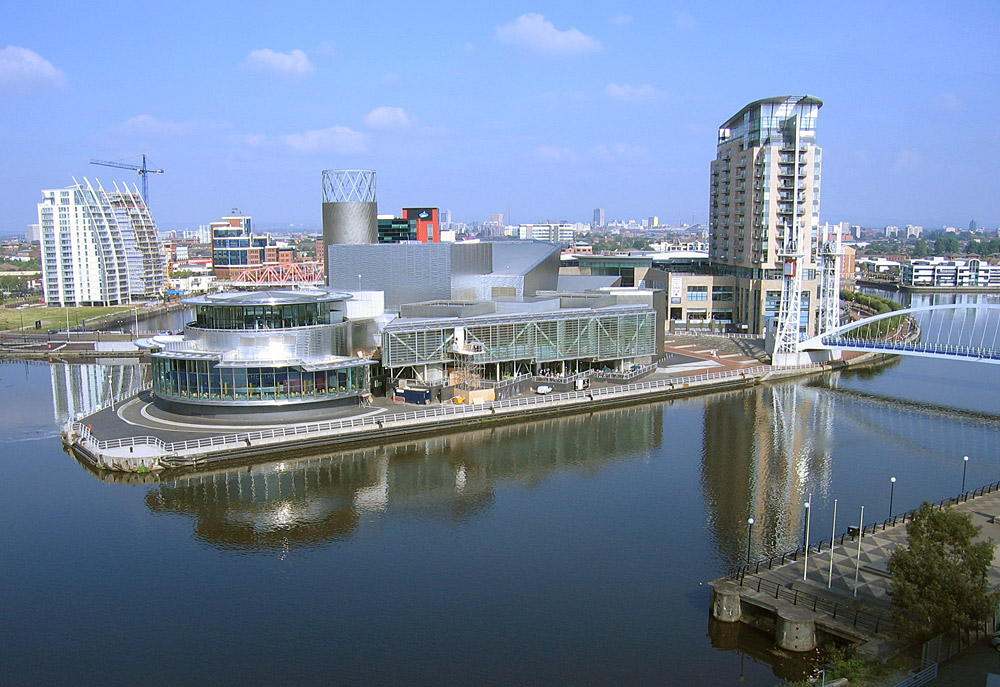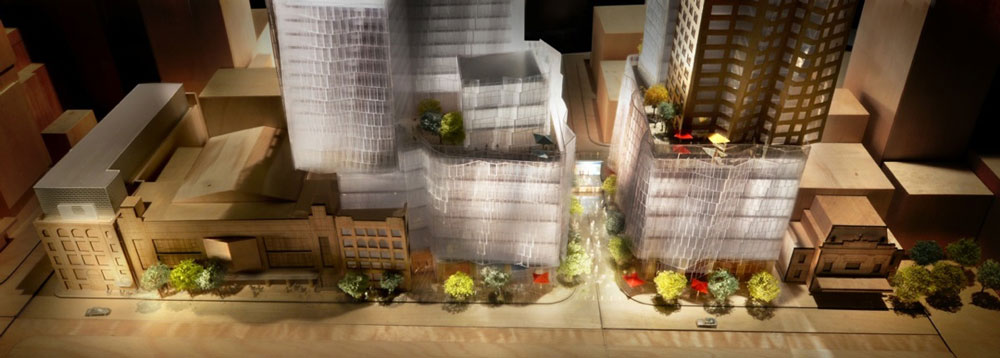Psychogeography, Urban Engagement and Building Better Cities

Every day, millions of urbanites wake up, get dressed, eat breakfast and trek across their city to work, school, appointments, or whatever happens to be on the docket that day. This is one of the unique features of urban living—the relative proximity of home and work, the interconnected series of sidewalks and pathways that unite a city and facilitate pedestrian travel.
Populations are becoming increasingly concentrated in urban cores, a reflexive move inward following the mid-20thcentury move out towards the suburbs.
But how many of these city travellers, these bipedal commuters actually take stock of their surroundings? How many of us get from point A to point B with little more than a vague idea of the things we passed along the way? To what extent are we disconnected from the surroundings that constitute our environment? And what is it about living in cities that inspires such a visceral feeling? These are the questions that occupy the thoughts, writings and activities of psychogeographers.

Guy Debord, a French artist, academic and early psychogeographer, defined the practice as “the study of the precise laws and specific effects of the geographical environment, consciously organized or not, on the emotions and behaviour of individuals.” Broadly speaking, it is just what the name would suggest—the intersection between psychology and geography, a means of exploring the psychological and behavioural impact of the urban place.
In recent years, a global trend has emerged (or rather, reemerged) characterized by wandering through neighbourhoods and serendipitously discovering the character and quality of areas. This practice has been referred to as dérive or ‘the drift,’ and is at the root of psychogeography.
In its original formulation, dérive was a highly politicized activity. It was developed by a group of cultural theorists, artists and academics living in Paris in the 1960s, calling themselves the Situationists International (SI). They believed that the rapid growth of urban cores, through city planning and architectural design, was creating a highly individualized and isolated populace. The growing emphasis placed on facilitating travel by car meant wider roads, smaller sidewalks and increasingly isolated people inside of vehicles. Furthermore, by making travel easy only along certain corridors, people tended to use those paths and have predictable and homogenous experiences in the city.
The practice of dérive, of playfully wandering through city streets, discovering and musing over the physical environment, became a way to rebel against the increasingly utilitarian structure of cities. By playfully wandering off the beaten path, a new, radically different version of the city could emerge.
Psychogeography today has taken on a somewhat different character though. What was once revolutionary is now a constellation of actions and activities that help a population better connect with its urban environment. Right here in Toronto, we have the Toronto Psychogeography Society, the [murmur] project and Spacing magazine, which tacitly encourage urban exploration and appreciation for the city’s architecture—conscious drifting. In fact, senior editor and co-owner of Spacing, Shawn Micallef, is a founding member the Toronto Psychogeography Society and published a book call Stroll: Psychogeographic Walking Tours of Toronto (2010), guiding people to explore the city in a new way. And earlier this month, Colin Ellard, an experimental neuroscientist at the University of Waterloo, released Places of the Heart: The Psychogeography of Everyday Life.
Burgeoning practices in psychogeography also have the potential to be very helpful when it comes to urban planning. Psychogeographers have a unique perspective on their cities and how development within them can better facilitate pleasant citizen experiences.
In an article from The Guardian, professional planner and land manager Nigel McGurk argued that the Lowry museum in Manchester is a case of good psychogeographical design. He asserts that “the creators of the Lowry … have made a new community with a real sense of place by mixing galleries with restaurants, theatres, shops and bars.”
As Toronto is growing faster than nearly every city in North America (second only to New

York), understanding the ecology of sites and considering how developments can positively impact the psychology of local populations is important. As with the Lowry museum, Mirvish+Gehry will be a mixed-use building, featuring galleries and shops inside, theatres and bars nearby, with more commercial and retail spaces yet to be filled.
Frank Gehry was also very aware of the psychological impacts that tall buildings can have on ground level pedestrians and made certain to design Mirvish+Gehry accordingly. A rigidly rectangular obelisk would seem imposing from the street, but the podiums, varied massing and cantilevered tops help to break up the visual line of Mirvish+Gehry, allowing them to stand as welcoming sentinels in the city skyline. The project also features variation in the facades, from top to bottom. At the ground level, Mirvish+Gehry ranges from historic warehouse exteriors on one side, to modern, shimmering glass entrances at another. Each face of the building presents a different look and new opportunity for passersby to inquire and engage with the buildings.

The recent revitalization of psychogeographical praxis demonstrates that a new urbanism is taking hold in cities around the world. People are hungry to engage with their cities as pedestrians, flâneurs or psychogeographers, aimlessly drifting through the alleyways and thoroughfares of their cities.
Development has never been faster and more people than ever before are living in urban centres. It’s important, now more than ever, to design buildings with the local ecology in mind, to build with people in mind and to create structures that give back to the communities that house them.
